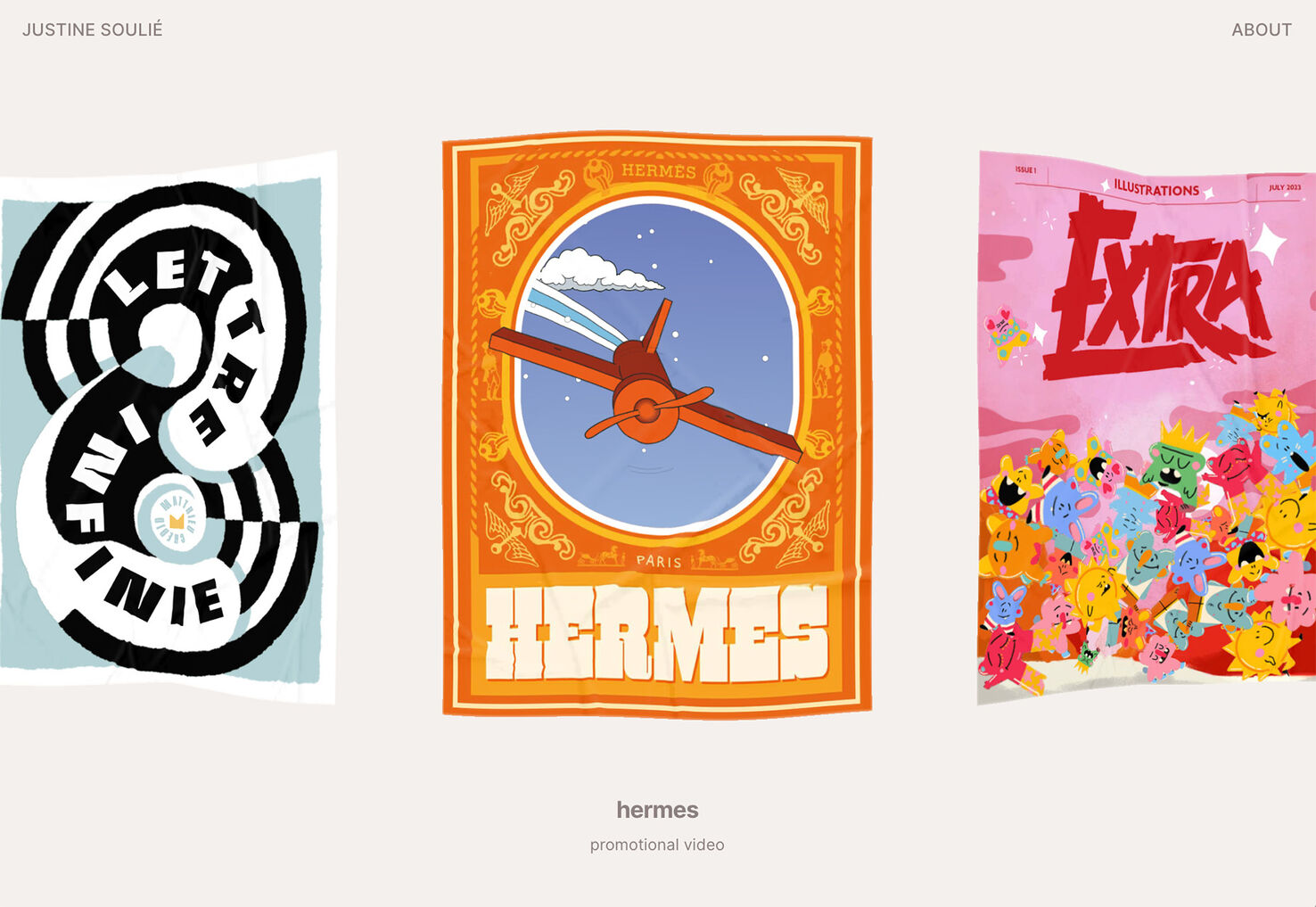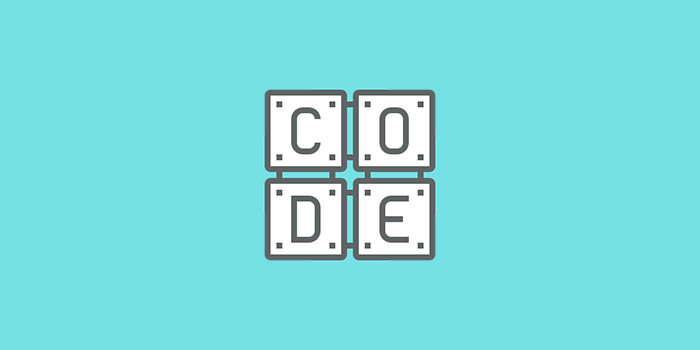Thanks to AI, you no longer have to learn how to code all by yourself!…

5 Marketing Tools Every Designer Needs
That starts with having the right marketing tools and resources to facilitate your design career. But it takes more than having these tools at your disposal. You also need to use them.
Here are five marketing tools every designer needs to be successful.
1. Website or Portfolio Landing Page

The tool everyone needs for marketing their designs – from employment to networking to awards entries – is a solid website portfolio. While most designers opt for a complete website, a simple landing page will do.
This is a tool to help you show off your design skills and the work you have done. It’s also an excellent tool for helping you get additional work, such as freelance gigs, or expand your daily role. Design elements on your website portfolio might differ from what you do daily, making this one more place and way to show your increased value and skills.
It’s important to create a well-designed website. A poorly constructed web portfolio can have the opposite of your intended marketing impact.
If you aren’t adept in website design, find a suitable site builder, template, or web designer to create the site for you. This is likely your most used marketing touchpoint and first impression; it must accurately reflect your work and skills.
2. Customer Relationship Management Tool
How do you keep up with clients and contacts? A customer relationship management tool is a vital resource that can help manage client interactions, streamline communication, organize client data and information, and create better business efficiency.
A solid CRM can do everything from help keep track of leads from your website or email marketing to allow you to keep notes on contacts. This ensures you know your clients well and can communicate with them correctly.
While a CRM may be less important if you work for another company – you likely use the tool at work – it becomes vital as you go out on your own with freelance clients or an independent business.
You can almost think of a CRM as a great business assistant!
3. Good Email Client (Or SMS)

As a designer taking part in some marketing activities, it is important to build a list of contacts – they might come from your CRM or another source – and regularly communicate with them. The most popular option is through email, with text messaging (SMS) growing at a rapid pace.
A good email marketing client or SMS tool is one that allows you flexibility in design. Your email or text marketing should showcase your skills and what you do. It should be an extension of your brand of design.
But what kind of messages can you send? How is the marketing tactic beneficial for designers?
- Sending emails or text messages can help you connect with an audience and showcase your work. It can be a great opportunity to highlight recent projects or even charitable work.
- Offer something of value, such as a downloadable or tip sheet, to help create value for clients. In return, ask for a piece of information to help build more leads for your design business.
- Educate your audience on the value of design and what’s happening in the industry. An email about trends or popular techniques can show your value and help drive traffic to additional information or examples on your website.
4. Google Analytics
As you are thinking about how your marketing efforts may have an impact, one of the best tools available is Google Analytics. It can tie together all of your efforts as you funnel people toward your website.
Google Analytics can provide valuable insights for tracking website and online performance, and data can help inform design decisions and help you optimize your websites and digital content.
A few key things to think about when using this tool for design marketing include:
- Understand how users interact with your website, including which pages they visit, how long they stay, and where they drop off. This information can help designers improve user experience by optimizing page layouts, navigation, and content placement.
- Get demographic and geographic data about your website visitors. Use this information to tailor content and design to resonate with your audience better.
- Understand where website traffic comes from (search engines, social media, referrals, or direct visits). Then, you can optimize the design and content strategies based on which channels drive the most traffic.
- Identify which pages are the most popular and which have high bounce rates. You can focus on improving the design and content of underperforming pages to increase engagement.
- Set up conversion goals in Google Analytics to track actions such as form submissions, downloads, or purchases.
- Know which marketing channels bring in the most valuable traffic and conversions, and allocate design resources more effectively to support the most impactful efforts.
Overall, Google Analytics data can help designers make informed decisions about the long-term evolution of their website design, ensuring it aligns with changing user behaviors and needs. And one of the best things about this tool is that it is free.
5. Professional Networking or Design Events

One of the best marketing tools for designers is professional networking and development. Get involved in professional organizations and make connections outside of your usual circles.
Whether you work for an agency or independently, this networking can lead to increased business and opportunity. (It can also be a lot of fun to get more involved in the greater design community and give back to your field through organizational volunteering.)
Depending on where you live, there are a number of different professional organizations that are ideal for creative involvement. Look for a local chapter where you live.
Some of these organizations include:
Conclusion
Without a doubt, it is important for designers to have some marketing knowledge. This can help you advance your career and find more opportunities, from solo gigs to new full-time employment.
The best part is that many of the marketing tools here just require your time and effort. There aren’t a lot of up-front costs, just a desire to learn something new. What are you waiting for? There’s nothing to lose!
Carrie Cousins
Carrie Cousins is a freelance writer with more than 10 years of experience in the communications industry, including writing for print and online publications, and design and editing. You can connect with Carrie on Twitter @carriecousins.
#Marketing #Tools #Designer


